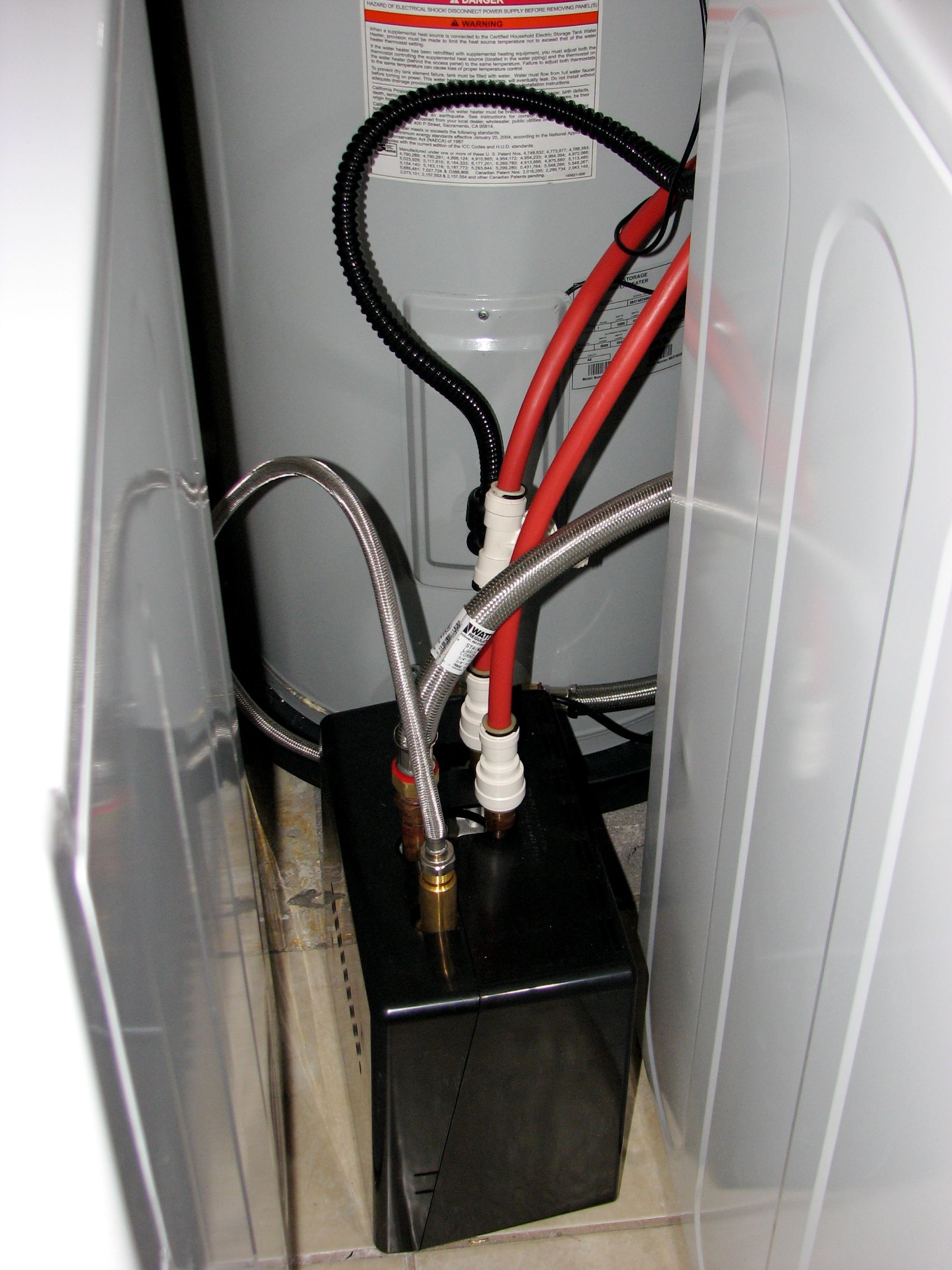As an employee of a major airline, I probably shouldn’t like this idea. However, as an environmentalist, opponent of traffic jams and the hassles (sorry, boss!) of airline travel, I see some benefit in high-speed rail.
My experience with trains involves not high-speed rail but slower commuter rail in major cities – London, Paris, Washington, Dallas, New York, and Chicago. I was always impressed by how many people these subway and light rail systems could move around. Jenny and I have taken the Trinity Railway Express to downtown Fort Worth and the American Airlines Center many times to avoid traffic and parking hassles.
Admittedly, I don’t know much about high-speed rail. I know they are popular and very successful in Europe and Japan. In terms of carrying a person or pound of cargo a given distance, they use less fuel and produce fewer emissions than a car, truck, or plane. Sure, even a high-speed train is much slower than a jet. However, if you account for the chance of flight delays and the extra time and trouble you spend at the airport prior to the flight, the difference in overall travel time drops.
Leaders in Texas have discussed a high-speed train network to link Dallas, Houston, and Austin at various times. It appears to finally have a chance of success thanks to significant private investment. Southwest campaigned strongly against the idea in the early 1990s for obvious reasons. You won’t see me campaigning against my employer, but I think the idea is at least worth considering.
Check out this article in Time for details about high-speed rail possibilities in the U.S., particularly in Florida.





